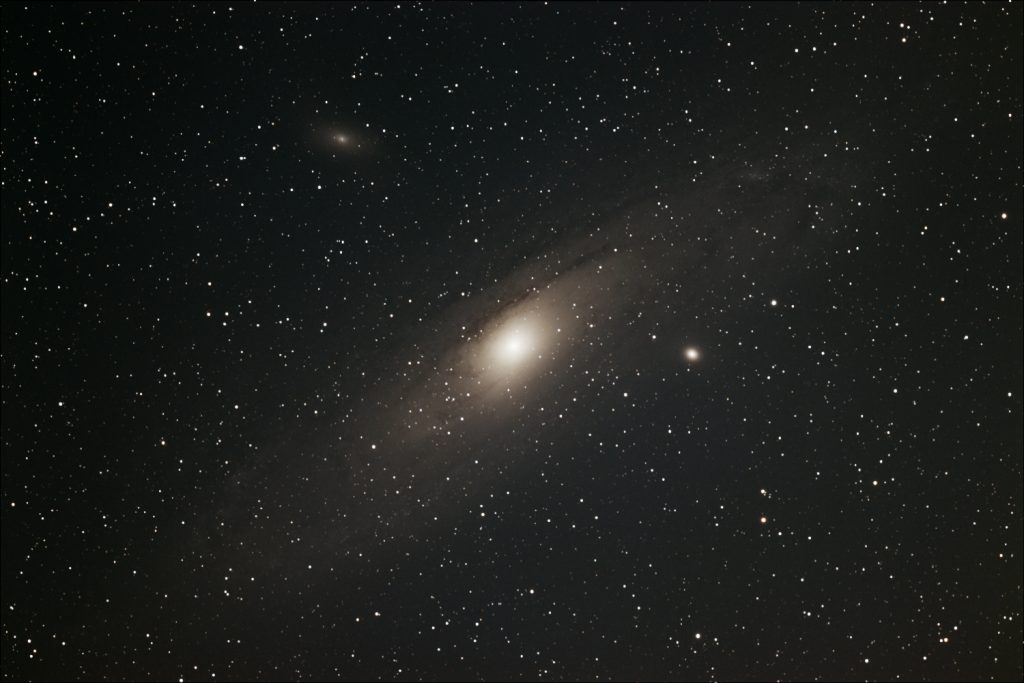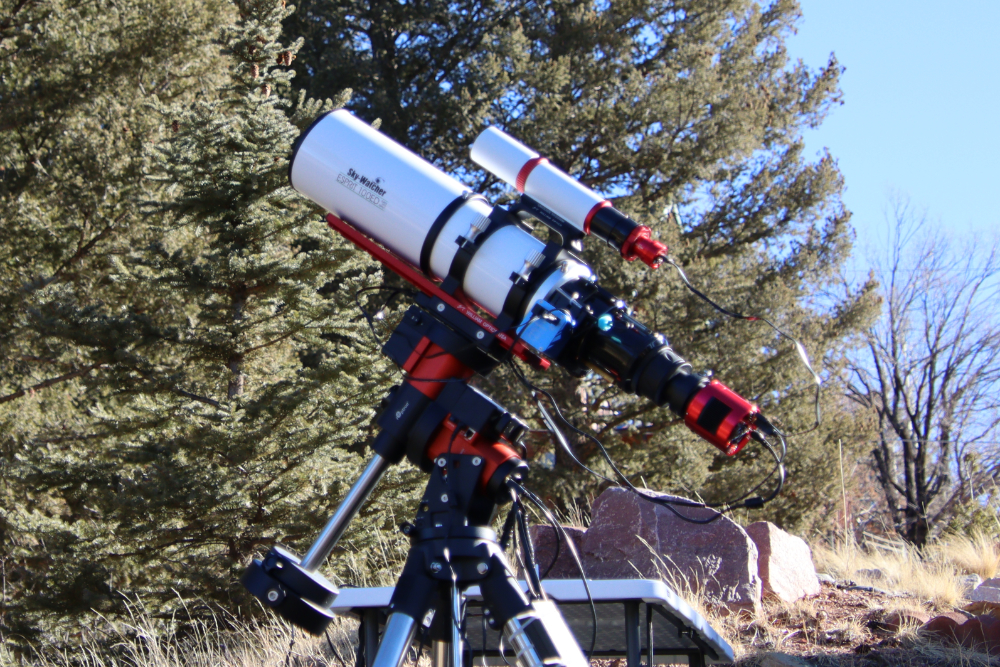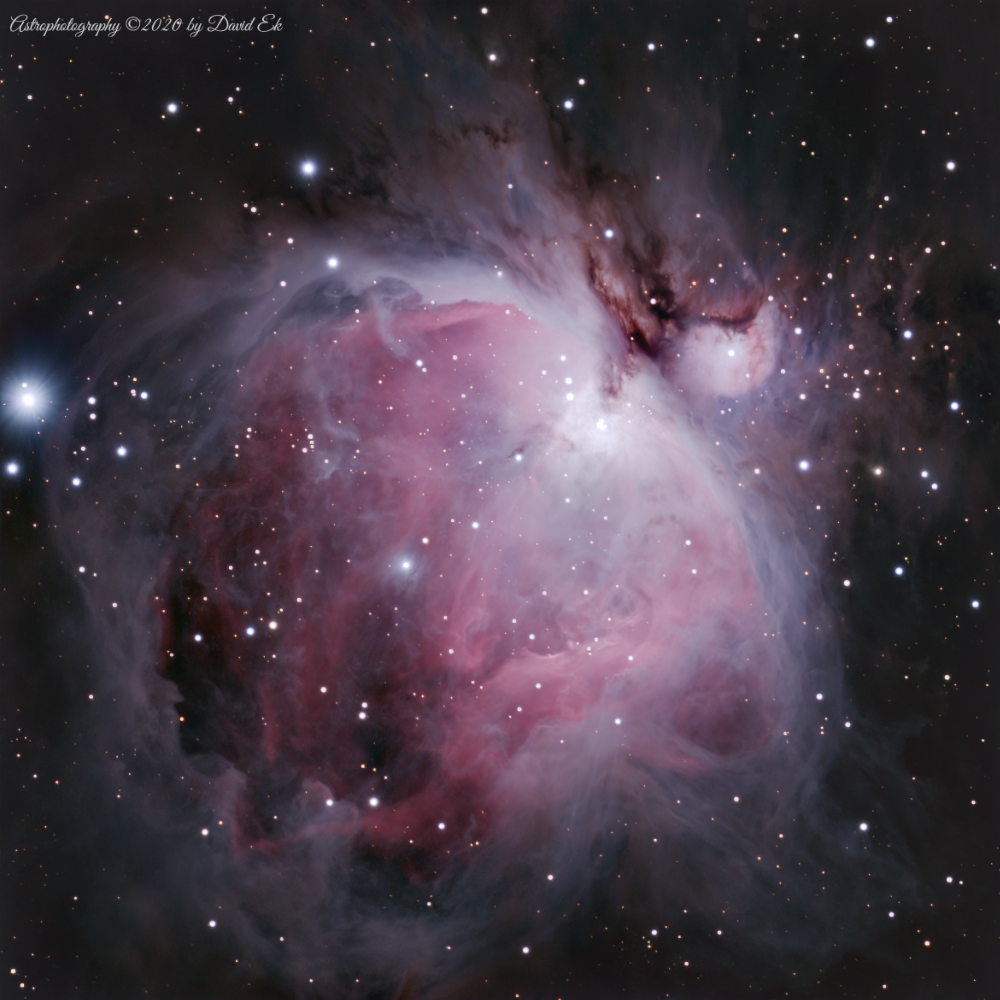Modern astro imaging involves a lot of moving parts, and controlling those parts can be a daunting task for new imagers. For example, imaging a deep sky object involves taking multiple long exposures of the object with a camera that is being made to very precisely track the object while it is being imaged. Generally, the camera uses a telescope as its lens, and the telescope is mounted on an equatorial mount that is motorized and/or computerized so that it tracks the motion of the object very precisely as it moves across the sky from east to west. Thankfully, there are software packages available that will manage much of this complexity for you.
Continue readingAuthor Archives: Dave
Firmware Bug in Latest iOptron GEM45 Firmware
UPDATE: The firmware appears to have been updated to fix this bug. See the note at the end of this post.
The other evening I was doing some imaging using my refractor on my iOptron GEM45 mount, and ran into a bit of a snag. I use N.I.N.A to manage my imaging runs, and I set up N.I.N.A and the iOptron ASCOM driver (iOptron Commander) together to handle the meridian flip needed during the imaging run. But while the meridian flip had worked just fine in previous imaging sessions, this time the meridian flip failed, and I had to manually intervene. But why?
Continue readingTopaz Labs Denoise AI
Post-processing astro images is probably one of the most challenging parts of the astro imaging process. So I’m always on the lookout for tools that can help me improve my images. One tool I recently added to the toolbox is Denoise AI from Topaz Labs.

Original Horsehead 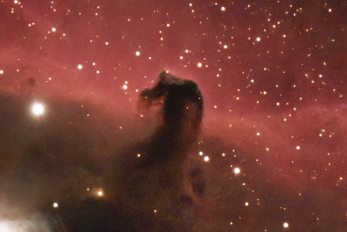
Horsehead with reduced noise
The Rosette Nebula Using an Optolong L-Extreme Filter
This year Santa brought me a new Optolong L-Extreme narrow-band filter to use with my also-new ZWO ASI533MC Pro one-shot-color camera. I recently had the chance to try out this new combination for the first time, choosing the Rosette Nebula in the constellation Monoceros as my first target.
Continue readingThe Standard Desk Calcumeter

A few months ago in a little consignment shop in our locality, I stumbled across something I’d never seen before. Stamped as “The Standard Desk Calcumeter,” it appeared to be some sort of calculating device. Since I have an odd fascination for such things, and since the price tag on it was only $12, I snatched it up. A little research confirmed that it was a cleverly-designed mechanical adding machine, where the digits were entered using the tip of a stylus on the rotating disks visible through the front plate. The Reset wheel on the far right side provided a quick and easy way to reset all the wheels to zero.
When I first obtained it, this machine was a bit on the grubby side, and the reset wheel was very difficult to turn. It was apparent that it had not been used in many years (unsurprisingly). It would be a bit of a restoration project.
Continue readingImaging the Orion Nebula Using My New ZWO ASI533 MC Pro Camera
One of the gifts I received for my 60th birthday was a dedicated astronomy camera–the ZWO ASI533MC Pro. One of my first targets for this new camera was the Orion Nebula.
Continue readingUpdated ASCOM Driver for Digital Setting Circles
At the request of a user, I updated my ASCOM Driver for Digital Setting Circles to include a couple of the northern constellations–Ursa Minor and Draco. These constellations were added because the user had a limited view of the sky and needed more northerly stars on which to align. However, in general it is better to choose alignment stars that are not so far north (or south).
The download link for the driver installation file has been updated on the ASCOM Driver page.
Bulldog Winch 13-Piece Ratcheting Vehicle Tie-Down Strap Set
A year or so ago we bought a Subaru Outback, and then an Aluma trailer on which to haul it behind our class C RV. The Outback fits perfectly on the Aluma trailer, but figuring out the best way to tie the Outback down on the trailer was a bit of a puzzle.
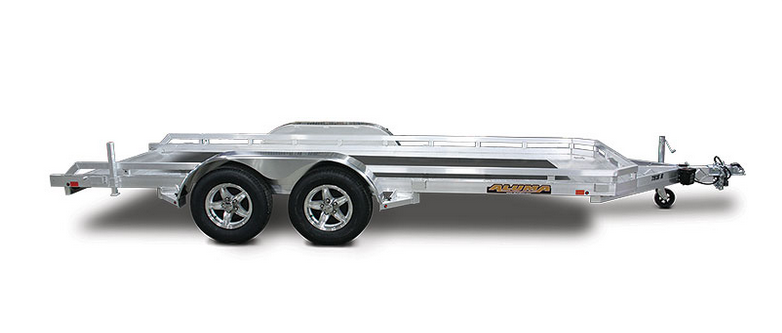
A friend of ours (with the same trailer and Outback) suggested these lasso tie-down straps, which we tried. However, our trailer didn’t have attachment points in the best places for using those straps, and we improvised. Long story short, the straps didn’t work very well for us and frayed and broke–not very good when you’re towing down the highway. A better solution was needed.
Continue readingFront Hitch Solves My Trailer Management Woes
A few years ago my wife and I became the owners of a brand-new 2017 31-foot Jayco Greyhawk class C RV. If you’ve never been an RV owner or driven large vehicles, adjusting to handling a large RV like this one is a real learning experience.

My First Astro Imaging Session
Finally. I’d been waiting for weeks for an evening that would provide decent enough conditions for me to attempt my first imaging session with my new telescope, camera, and mount. Between clouds and smoke from forest fires, I’d been stymied for quite some time, but last Thursday evening finally presented clear skies and a little dark time before the moon rose so I could set everything up and try some long-exposure imaging of deep sky objects.
